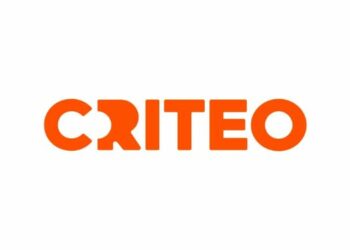MGID, the global advertising platform, has announced the launch of interactive rich media ads across its portfolio of premium publishers, driving effectiveness for advertisers through increased audience engagement and attention.
MGID’s interactive rich media format will allow consumers to engage with ads by dragging and tapping the screen, revealing additional perspectives of an image and extra content. Enriched with all the benefits of MGID’s existing ad formats, including high-quality native placement, intelligent contextual targeting and brand safety, this new format will further facilitate publishers, advertisers and consumers to engage with creative in a more meaningful and positive way.
One of the most significant trends driving the growth in digital advertising is the continued rise of interactive ad formats. Interactive ads boost campaign performance and are more effective at drawing consumers’ attention, hence advertisers consider these to be a cheaper and dynamic alternative for video ads.

Pankaj Sharma, CEO & Director, MGID India says: “MGID’s rich media ads cut through the clutter and combine great media placements with engaging user experiences that can help brands grow. Our rich media offerings focus on active user involvement, ensure higher engagement with the audiences and deliver better ROI’s. I’m certain our interactive ad-formats like flip parallax, divider, and carousel ads will help advertisers in creating better experiences for their customers”.

Madi Bachar, VP of Sales at MGID, says: “As digital marketers continue their transition from viewability to attention as the metric of choice, we’re thrilled to offer a progressive ad format that helps advertisers stand out among competitors. With budgets under more scrutiny than ever, our interactive rich media ads will ensure creative leaves a lasting impression on target audiences, reducing wasted spend and boosting ROI. Offering engagement rates up to six times higher than static display ads, they’re more effective at grabbing the attention of audiences and ultimately increasing the impact of advertising”.
















